Cooler Inflation Spurs Late Week Rally in AI Stocks
 Karen Friar , Brett LoGiurato and Laura Bratton of Yahoo Finance report the Dow, S&P 500, Nasdaq rise as Oracle, Nvidia lead AI trade resurgence:
Karen Friar , Brett LoGiurato and Laura Bratton of Yahoo Finance report the Dow, S&P 500, Nasdaq rise as Oracle, Nvidia lead AI trade resurgence:US stocks rose on Friday after snapping a recent losing streak, as signs of cooling inflation and waning AI worries buoyed Wall Street optimism toward the tail end of a topsy-turvy week.
The S&P 500 (^GSPC) put on 0.8% and the Nasdaq Composite (^IXIC) gained over 1.3%, building on Thursday's roaring rally. The Dow Jones Industrial Average (^DJI) climbed 0.3%.
With the late-week rebound, the S&P 500 and Nasdaq booked weekly wins, rising 0.1% and 0.4%, respectively, in the last full week of trading in 2025 as Wall Street tries for a "Santa Claus rally" to end the year. The Dow fell 0.6% on the week.
On the tech front, Oracle (ORCL) stock jumped after China's ByteDance signed deals to create a US TikTok joint venture, including the company, which has had a turbulent week. Faith in the AI trade got another boost from Nvidia (NVDA), whose shares popped on a Reuters report that the US is reviewing prospects for sales of its H200 chips in China.
Meanwhile, nine pharmaceuticals struck deals with the Trump administration on Friday to lower drug prices for some Americans in exchange for a three-year tariff exemption on their products.
Investors got through a catch-up week for economic data with next year's rate-cut hopes intact, having embraced the outcome of this week's delayed November reports on jobs and consumer inflation despite warnings over their reliability.
A rosier inflation picture, combined with a weakening job market, has reignited hopes that the Federal Reserve will continue its recent string of easing.
A plurality of traders are still betting on two cuts next year but have shifted more bets in recent days toward more cuts. Friday will bring a final picture of consumer sentiment from the University of Michigan, after the firm's initial December survey found the key measure increasing for the first time in five months.
Meanwhile, the benchmark 10-year Treasury yield (^TNX) rose to hit 4.15% as bond markets across the world absorbed the Bank of Japan's hike in interest rates to the highest level since 1995.
US stock markets will be open as scheduled on Dec. 24 and Dec. 26, the NYSE and Nasdaq said, after President Trump ordered the federal government to close on those days.
CoreWeave stock surges 23%, recovering from recent lossesCoreWeave (CRWV) stock soared 23%, rebounding from last week's punishing losses, as Citi analysts resumed coverage of the stock and OpenAI (OPAI.PVT) set its sights on a $100 billion fundraising round.
Citi reinstated coverage of CoreWeave with an adjusted price target of $135, down from its previous target of $192, but noted that the company is staring down "overwhelming" demand.
Also fueling CoreWeave's stock on Friday was a Wall Street Journal report that OpenAI is seeking to raise up to $100 billion, which would value the company at as high as $830 billion.
CoreWeave and OpenAI have been closely tied together since the two AI companies agreed to a $11.9 billion partnership that has since expanded to a contract value of up to $22.4 billion. Under the agreement, CoreWeave's AI computing data centers will power the training of its next-generation models.
In recent months, investors have grown more skeptical about OpenAI's high-priced dealmaking, leading to volatility in stocks like CoreWeave. Excluding Friday's gains, CoreWeave stock had been pacing for a 13% decline on the week as AI valuation concerns surfaced.
Cruise stocks gain as Carnival CEO says demand is proving resilientCarnival's (CCL) strong 2026 guidance was the tide that lifted all cruise stocks on Friday.
Carnival stock surged 10%, while Norwegian Cruise Lines (NCLH) rose 7% and Royal Caribbean (RCL) gained about 2%.
Even as sentiment in the US has soured this year, Carnival's quarterly results showed that consumers continue to spend on cruises.
"Demand for our cruise lines is proving far more resilient than traditional macro indicators would suggest," Carnival CEO Josh Weinstein said on the company's earnings call. Weinstein noted that Carnival is already about two-thirds booked for next year at historically high prices for North America and Europe.
For next year, Carnival expects adjusted net income to grow approximately 12% year over year on less than 1% capacity growth. The company expects full-year adjusted diluted earnings per share of $2.48, ahead of Wall Street's estimates.
Nike's challenges drag down footwear stocksNike (NKE) stock fell 11% during Friday's session, dragging other footwear stocks lower.
Shares of Deckers Outdoor (DECK), the maker of Hoka sneakers, dropped 1.1%, while shares of On Running (ONON) rose by 02% and Crocs (CROX) fell 0.2%. Dick's Sporting Goods (DKS), which sells Nike sneakers and apparel directly and recently acquired Foot Locker, were up by 1%.
Nike earnings and revenue beat Wall Street estimates for its fiscal second quarter, but profits declined as the athletic apparel company faces dual headwinds from tariffs and China.
On the company's earnings call, CEO Elliott Hill said Nike is in the "middle innings of our comeback."
"We highlighted last quarter that it will take more time to return to healthy growth in Greater China and Converse, and we expect headwinds to continue for the balance of the fiscal year," Nike CFO Matthew Friend said on the call. "As we highlighted last quarter, we are also navigating new structural headwinds from the $1.5 billion of annualized incremental product costs due to higher US tariffs."
Gold, silver hover near record highs as precious metal rally advancesGold (GC=F) and silver (SI=F) traded near record highs on Friday as the metals are on pace to close out a stellar year.
Gold futures inched up 0.4% to hover around $4,380 per ounce, while silver futures jumped 3% to trade above $67 per ounce.
Expectations of looser monetary policy and a weaker dollar have buoyed precious metal prices this year.
Gold is up more than 60% year-to-date, while silver has rallied 125%.
Sean Conlon and Pia Singh of CNBC also report the S&P 500 posts back-to-back gains Friday as AI trade makes a comeback:
U.S. stocks rose on Friday, lifted by Oracle , as the artificial intelligence trade regained its footing after experiencing volatility.
The Nasdaq Composite gained 1.31%, closing at 23,307.62. The S&P 500 climbed 0.88% to end at 6,834.50, while the Dow Jones Industrial Average advanced 183.04 points, or 0.38% and settled at 48,134.89. It was the second winning day in a row for all three indexes.
Oracle shares were up 6.6% after TikTok agreed to sell its U.S. operations to a new joint venture that includes the software giant and private equity investor Silver Lake.
The jump marks a turnaround for the stock, which came under pressure this week after a report revealed that the cloud infrastructure company lost a key backer of one of its data center projects over worries about the company’s debt and AI spending levels. That dragged down other stocks linked to AI, including Broadcom and Advanced Micro Devices.
Elsewhere, shares of AI chip darling Nvidia rose about 4% after Reuters, citing sources familiar with the matter, reported that the Trump administration is reviewing the prospect of the company selling its advanced AI chips to China. Earlier this month, President Donald Trump said that he will allow Nvidia to ship its H200 AI chips to “approved customers” in the country.
Additionally, Micron Technology shares extended their gains from the previous session, rising around 7%. The stock surged 10% on Thursday after the company gave robust guidance for revenues in the current quarter, providing reassurance to investors after recent sessions were swamped with jitters over the AI trade.
“The kind of onslaught of issuance from some of the hyperscalers, some of the AI trades, could weigh on markets into 2026,” Tom Garretson, senior portfolio strategist at RBC Wealth Management, said to CNBC. “But again, these are kind of some of the best-rated companies in terms of credit qualities. They obviously have the capacity to ramp up debt to finance some of this stuff.”
“We’re still counting on some of the capex spend kind of supporting a broader or probably better growth backdrop,” he also said.
This comes after the S&P 500 and the Dow both snapped their four-day losing streaks in the previous session. With Friday’s moves, the broad-based index eked out a 0.1% gain, while the Nasdaq advanced 0.5%. The Dow, however, slipped 0.7%.
Nike was among the day’s losers, as shares slid 10.5% after the sports apparel giant saw revenue in its Greater China market decline during the fiscal second quarter. The company is also feeling the pain of tariff increases, noting a hit to its gross margins due to the levies.
And Scott Lehtonen, Ken Shreve and Vidya Ramakrishnan of Investors Business Daily also report the Nasdaq is up with Nvidia among the reinvigorated tech names:
Market action remained strong through Friday's close, with buyers coming into tech stocks for the second straight session as options expired. The week, marked by volatile trading on Wednesday, ended with the Dow Jones Industrial Average higher and trimming its weekly loss to less than 1%. Wall Street's other major stock indexes logged gains for the week. Meanwhile, news from the White House moved a few pharmaceutical names on the stock market today, while Palantir (PLTR) was a notable mover as shares broke out of a base.
Nvidia (NVDA), Boeing (BA), Cisco Systems (CSCO), and Goldman Sachs (GS) were top Dow leaders Friday, capping the final full trading week of 2025.
The Dow rose 0.4% on Friday, and the Nasdaq ended at session highs, up 1.3%. The tech-concentrated index reclaimed its 50-day moving average — a technical win on the stock market today. The S&P 500 rose 0.9%. The small-cap Russell 2000 picked up 0.8%.
The Nasdaq's weekly gain was 0.5%. The S&P 500 managed to edge up 0.1% for the week.
Among blue chips, Nvidia surged nearly 4% while Boeing gained 3%. Cisco followed with a nearly 2% rise, as did Goldman. On the downside, however, Nike (NKE) tumbled 11% on following a mixed earnings report.
Options expired at the close on Friday, which typically leads to higher volume at the closing bell. But volume ran higher than average throughout Friday's trading day on both the Nasdaq and the New York Stock Exchange compared with Thursday. Advancing stocks barely outnumbered decliners on the NYSE while winners beat losers by more than 3 to 2 on the Nasdaq.
The yield on the benchmark 10-year Treasury note rose 4 basis points to 4.15%. In commodities, Comex gold futures notched a settlement high of $4,361.40. West Texas Intermediate futures rose 0.5% to change hands at $56.65 a barrel.
Biotech Spikes On $4.8 Billion Deal; Trump Inks Pricing PactsBioMarin Pharmaceutical (BMRN) soared nearly 19% after the company announced that it was acquiring Amicus Therapeutics (FOLD) for $4.8 billion or $14.50 per share in an all-cash deal.
Both companies develop treatments for rare diseases. Shares of Amicus vaulted more than 30%.
Elsewhere, pharmaceutical stocks rose after President Donald Trump announced additional deals with nine drugmakers to lower drug prices on Friday.
The latest cohort includes Dow component Amgen (AMGN) and Bristol Myers Squibb (BMY), according to CNBC reports. Amgen and Bristol Myers Squibb shares rose more than 1%.
Alright, it was a busy week in the stock market where tech stock started off weak again but the cooler than expected inflation report on Thursday morning following President Trump's address to the nation Wednesday evening propelled tech shares higher at the end of the week.
Just to give you an idea of what happened, CoreWeave shares hit a low of $67 on Tuesday and closed today at $83.
The company joined the US Energy Deptartment’s Genesis Mission, an initiative that aims to harness advanced AI computing to accelerate scientific breakthroughs, enhance national security, and promote energy innovation.
The stock has been decimated over the past six months, down 51%, so it was due for a big bounce on any positive news:

Notice it popped right above its 20-day exponential moving average and needs to continue grinding up or else it risks falling again in a downtrend.
A Trump brokered deal with Tik Tok helped shares of Oracle close just shy of $193 on Friday, well off its Tuesday low of $177 but that stock remains in a downtrend:

Shares of Nvidia jumped back over $180 to close at $181, right at its 20-day exponential moving average:

Again, to sustain upward momentum, the share price needs to move well above this level or else it's headed lower.
Generally speaking, a lot of the AI stocks that got clobbered early on in the week came back strong on Thursday and Friday but are still in a downtrend.
That includes names like Vertiv (VRT) and GE Vernova (GEV), both of which ended up flat to slightly down this week.
Anyways, here are the best performing US large cap stocks this week (full list here):
And here are the worst performing US large cap stocks this week (full list here):

And as always, have a look at which stocks are making new highs/ lows to gauge strength and weakness by looking at the full list here.
Wish everyone a nice weekend and happy holidays, enjoy your time off with family.
Below, Tony Pasquariello, Goldman Sachs head of hedge fund client coverage, joins 'Closing Bell' to discuss how investors should position their portfolio in 2026.
Also, Dan Ives, Wedbush Securities, joins 'Closing Bell' to discuss why 2026 will be an inflection point for tech, what isn't known about the Microsoft story and much more.
Third, The Investment Committee debate whether the overall AI story is still intact (from Thursday).
Lastly, CNBC’s “Closing Bell Overtime” team discusses why the biotech recovery may continue into 2026 with Salveen Richter, lead U.S. biotech analyst at Goldman Sachs Research.
I love biotech, see so many great opportunities here, expecting more good news next year.






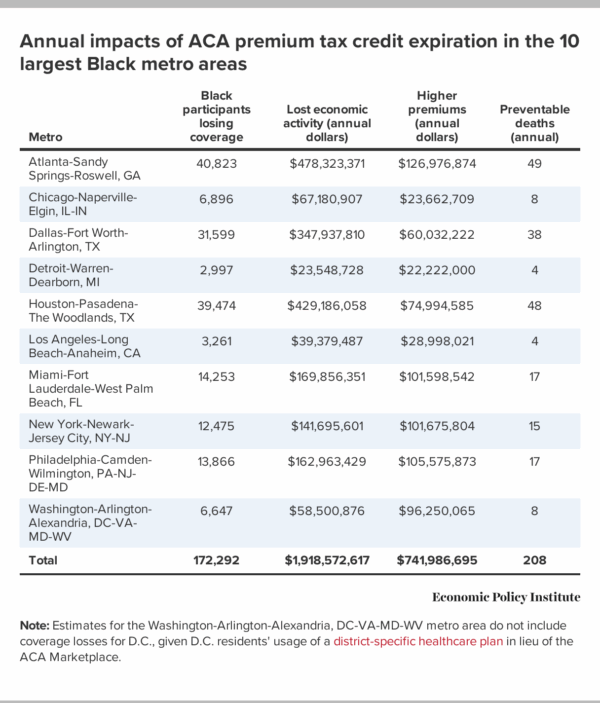

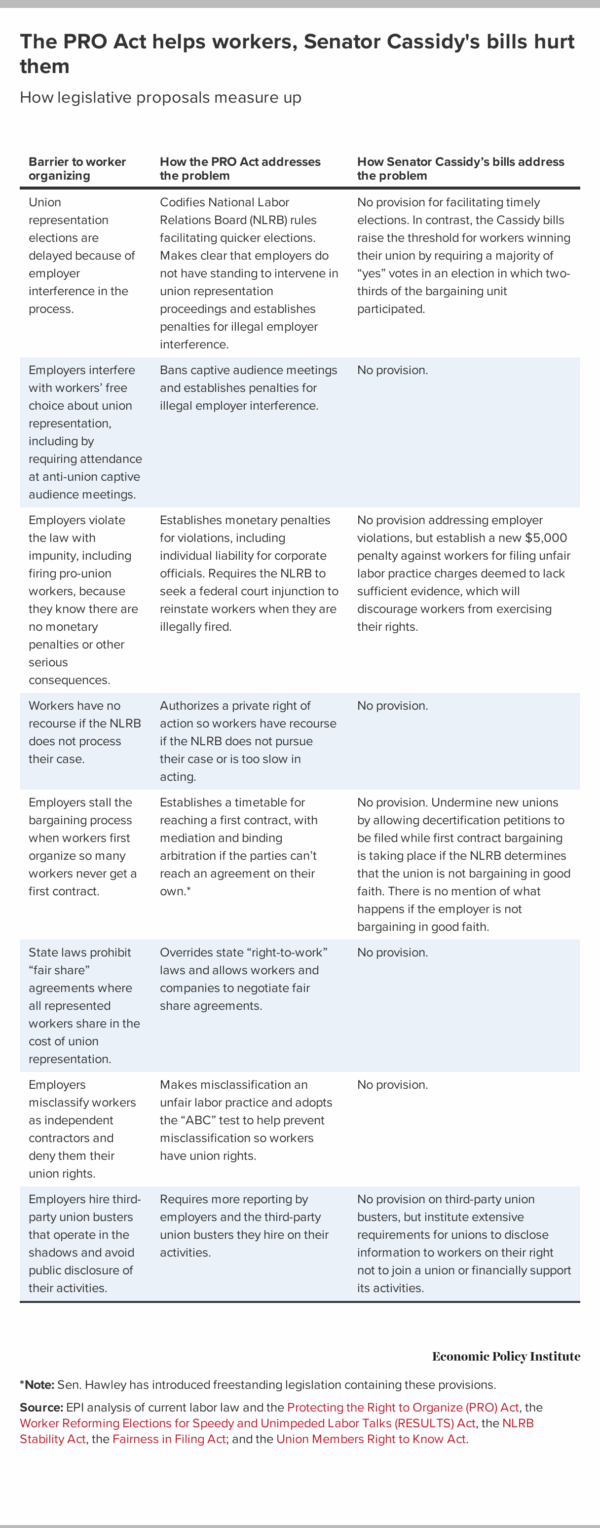










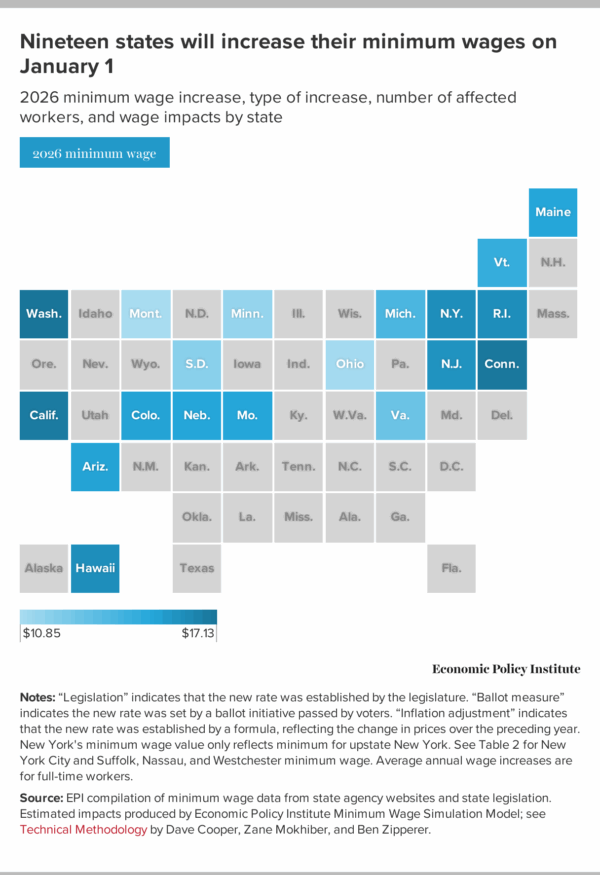
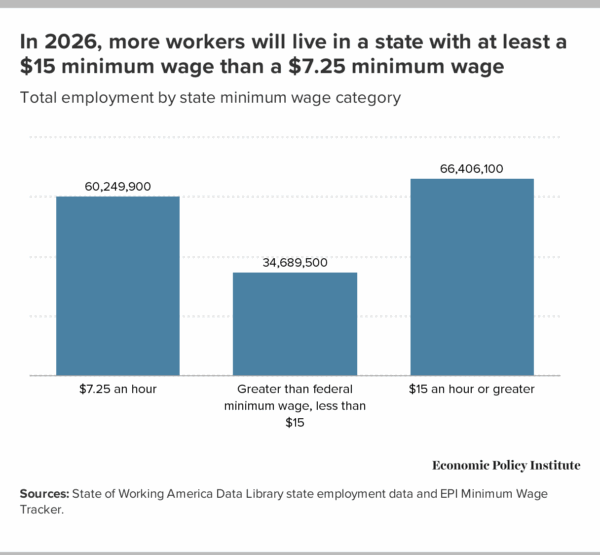
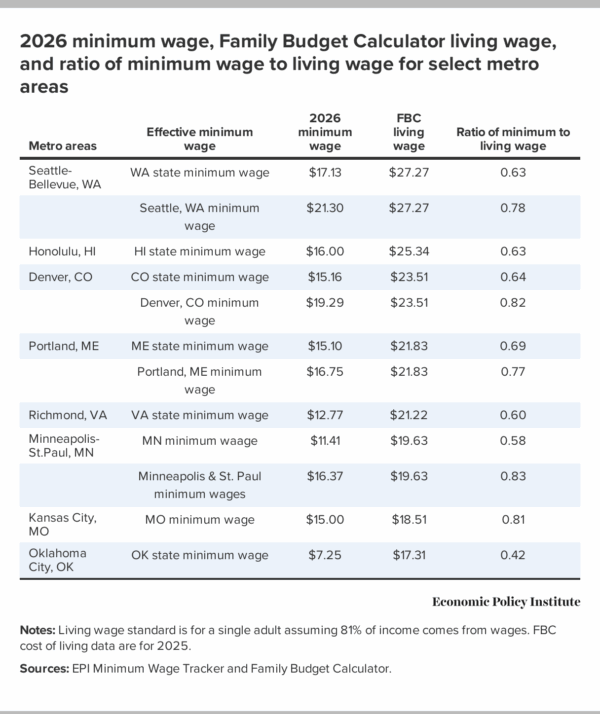
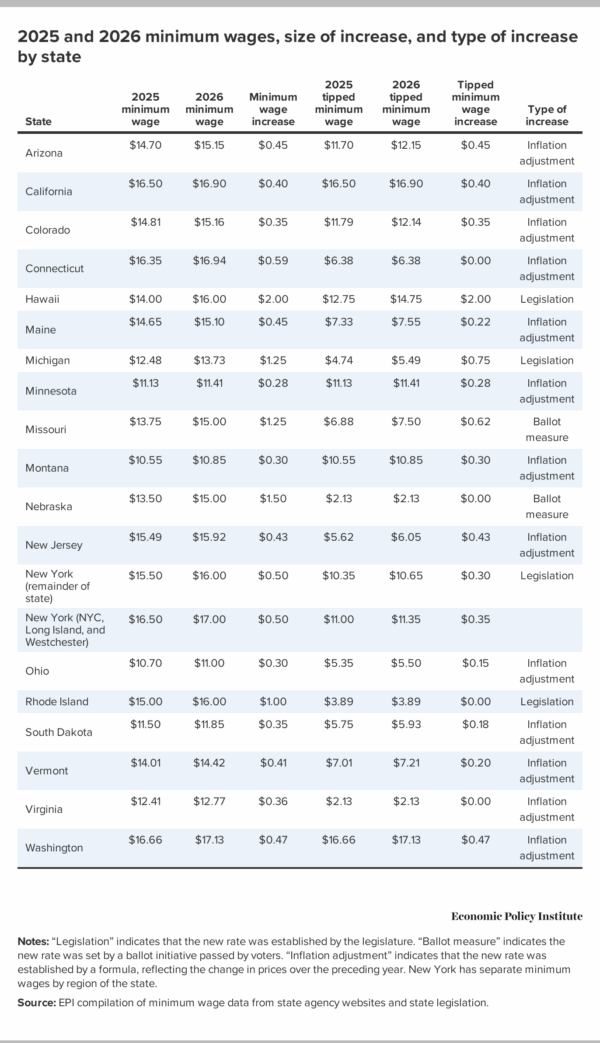
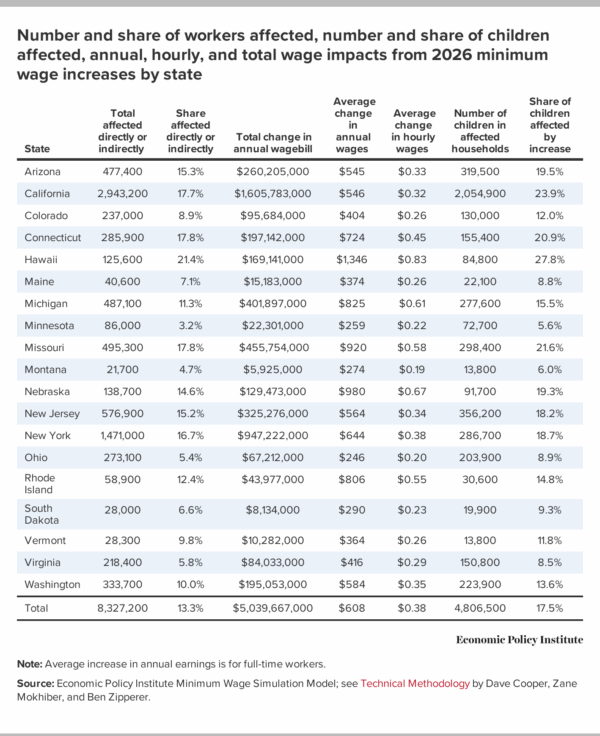
 Note
Note


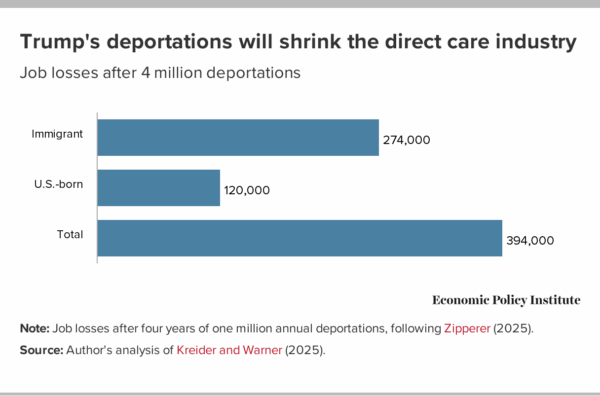
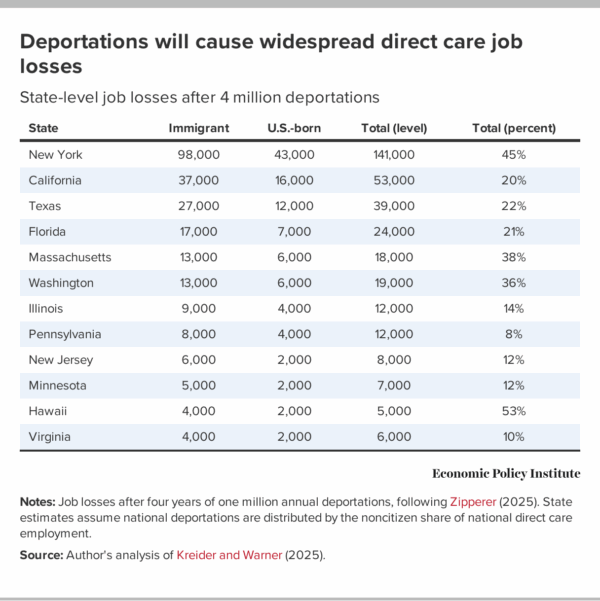
Recent comments